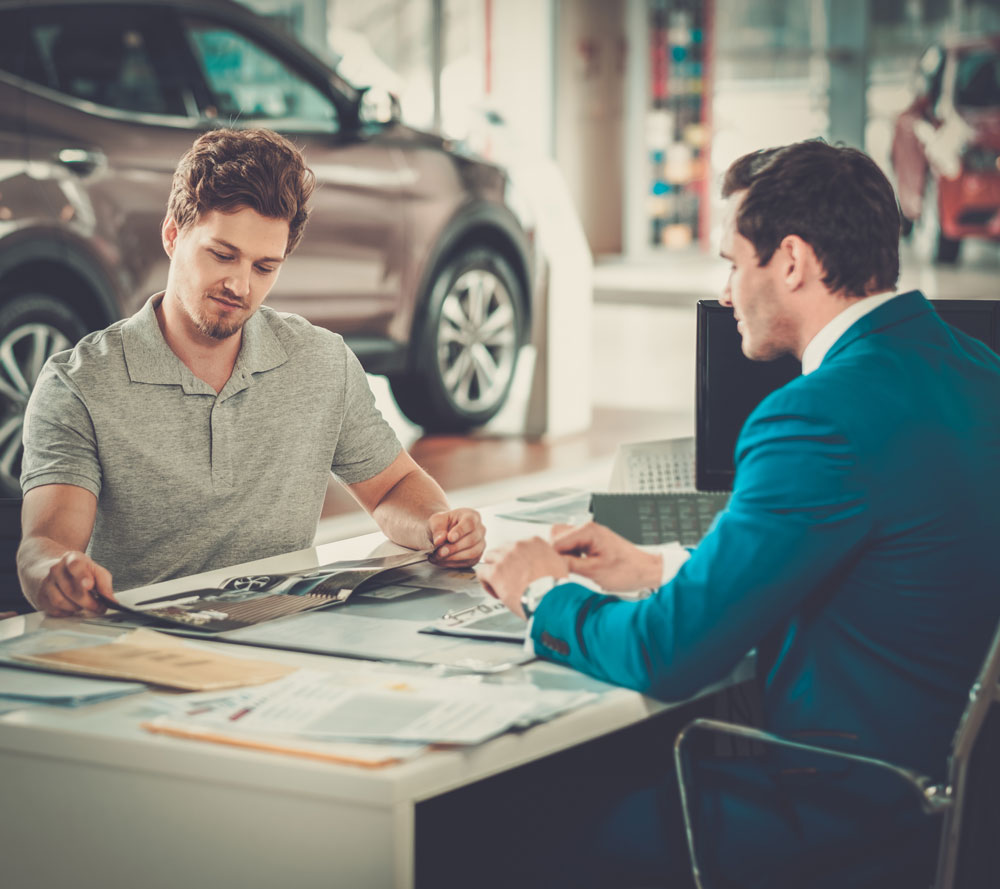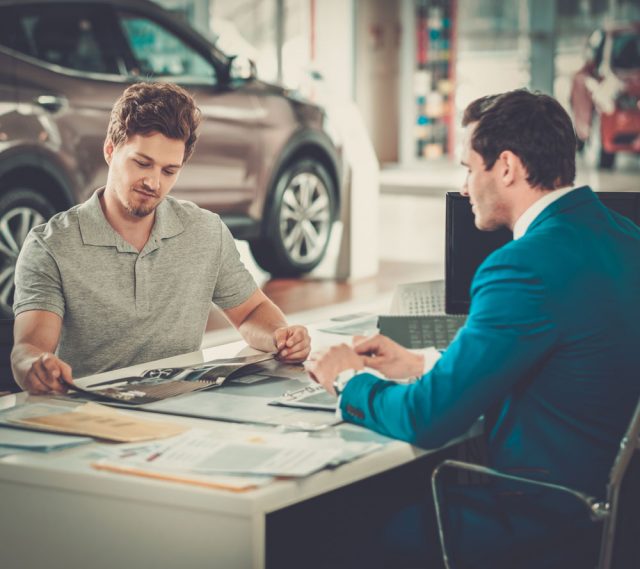
Buying a car is a big investment. So, it’s important that the vehicle you purchase is also safe. Automobile safety comes down to the design, construction, equipment and regulation of a car to minimize collisions. Here are features you should look for when shopping for a car:
- Crashworthiness. Vehicles vary in size, color, design and safety. Features such as head restraints, seats, roof strength and the front and sides of a car can reduce the risk of death or serious injury. Many automakers offer safety features beyond federal requirement minimums, making them safer than others. Ratings for crashworthiness and crash avoidance offer an insight into a car’s safety rating.
- Size. Size and weight are a major factor in testing criteria when experts evaluate a vehicle’s safety. Size matters in a frontal collision and lighter cars fare worse in a crash. Small cars have twice as many occupant deaths each year compared to large cars. Larger and heavier vehicles are safer than smaller and lighter cars because a bigger front gives the car more time to absorb the impact. Alternately, some big cars are prone to rollovers. A mid-size sedan with a high safety rating may be your best bet.
- Structural design. A car’s safety cage is the area of a vehicle that surrounds the passenger compartment and is strengthened to provide extra protection for occupants. A good structural design has a strong safety cage that buckles and bends to absorb the force of a crash. Look for a car that will allow the interior of a vehicle to have small amounts of damage while the outside can be badly damaged.
- Accident avoidance systems. Manufacturers are creating newer safety features with cameras and radar to alert drivers with visual and audible signals to avoid a potential crash. Cars come with brake assistance to detect when a driver initiates a panic stop and applies the brakes at maximum force. Coupled with anti-lock brakes, the system enables braking without locking up the wheels. This year, all light-duty vehicles will come with standard rear-view cameras to reduce pedestrian accidents when backing up.
- Restraint systems. The seat belt is one of the most important pieces of safety equipment in your car, but other enhanced features help your vehicle’s structure protect passengers. You should look for lap and shoulder belts with crash tensioners, head restraints that can be locked in place and airbags that are well-positioned reduce the chances you’ll slam into something hard or get ejected.
- Anti-lock brakes. Braking hard with conventional brakes may cause skidding and the wheel to lock. Anti-lock brakes (ABS) prevents this from happening. ABS allows the driver to retain steering control while braking because it brakes automatically many times a second to prevent lockup. It may take some time to unlearn habits when driving over slippery roads, but the trick is to let the ABS system do its job to help you stop more quickly.
Some vehicles are safer than others. Whether it’s your daily commute or your family, make sure the people your car carries are protected with the best safety features. But when an accident does happen, it’s important to have the right insurance coverage to meet your needs.



